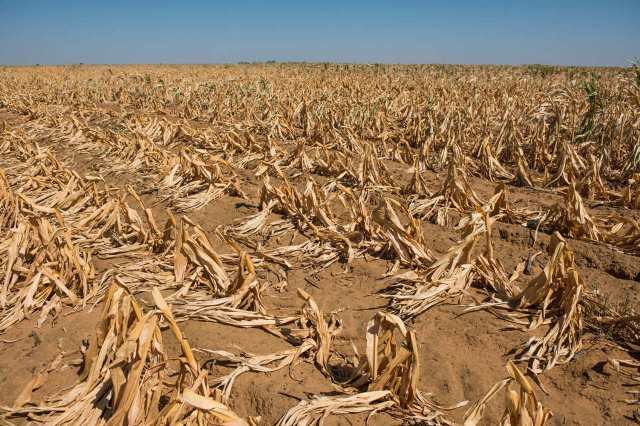The Cost of Saving the Climate On Africa

African countries, though at the bottom of the scale of polluters, are under enormous pressure to commit to low carbon emission development models, in line with already technologically advanced Western countries and China who are the highest polluters. To put it mildly, Africa is being asked to slow down it’s industrialization process (which is at its infant stage or none-existences in some countries).
To compensate for this slowdown, the continent was promised US$100 Billion a year by the world’s wealthier nations, during the climate summit in Copenhagen in 2009, a promise which hasn’t been kept. The 100bln /year promise (even if honored) is by our calculations a minuscule and insignificant amount of money given the economic impact of what is being demanded in return.
Being the biggest absorber of CO2 emission, due to the large size of the green forest across Equatorial Africa, part of the continent is also very vulnerable to climate change extremes such as droughts, floods, and cyclones, thus posing real life-threatening scenarios such as food security, health, economies and ecosystems destruction.
With all the above, and given the complex nature of some of these negotiations, the big question is: “which climate change mitigation and adaptation model will best suit Africa, one that will ensure its industrialization process stay course”?



